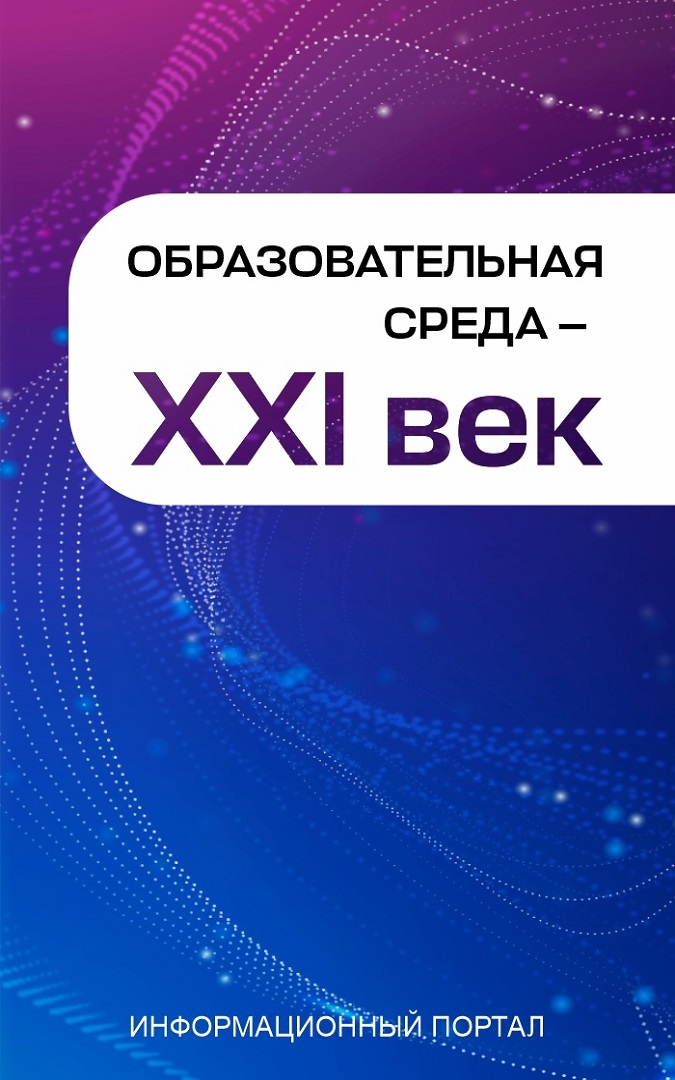E. Voevoda, G. Mutaf
TEACHING THE GAGAUZ LANGUAGE: PAST AND PRESENT
DOI: http://doi.org/10.15350/2409-7616.2020.2.21
Elena V. Voevoda – Dr. Sci. (Education), Prof., Head of the Department of Pedagogy and Psychology, Professor at #2 English Language Department, Moscow State Institute of International Relations, Moscow, Russian Federation, E-mail: elenavoevoda@yandex.ru
Galina N. Mutaf – PhD student at the Department of Pedagogy and Psychology, MGIMO-University, Acting Head of the Department of Gagauz Philology, Komrat State University, Komrat, Republic of Moldova, E-mail: galinamutaf@mail.ru,
Abstract. The article presents a historical survey of teaching mother tongue to the Gagauzes in the Republic of Moldova from the early 19th century to the present day as well as language training of teachers. The author addresses the problems that arouse in the process of creating and putting into everyday practice Cyrillic and Latin alphabets, compiling dictionaries, training teachers for national schools in Gagauzia. With regard to a decrease of interest in the younger generation to learning and using the Gagauz language, the author analyses the motivating and demotivating factors that influence its spread and social demand. The authors also note that among the factors that reduce the motivation of students to learn a language, teachers note difficulties in mastering it, caused not only by linguistic factors, but also by the overload of programs, outdated educational materials that do not contribute to the formation of interest in the language being studied. All this indicates the need to develop, on a scientific and practical basis, new approaches to teaching the Gagauz language – the selection of content and methods of its study, taking into account the achievements of modern linguodidactics; training of teachers of the Gagauz language in the framework of the theory and methodology of professional education.
Keywords: Gagauz, education, literacy, mother tongue, script, Cyrillic alphabet, Latin alphabet.
References:
- Anikin N.V. Problems of the ethnic identification of the Gagauz of Moldova. Moscow, 2009, 142 p. (In Russian)
- Bulgar S.S., Konstantinova I.A. Gagauz schools in the Moldavian SSR in 1957-1961: history and documents. Comrat, N. – and. the center of Gagauzia named after M.V. Marunevich Publ., 2019, 192 p. (In Russian)
- Varzar A.M. Ethnogenesis of the Gagauz according to autosomal DNA marker. Journal of Ethnology and Cultural Studies, 2008, vol. IV, pp. 105-111. (In Russian)
- Guboglo M.N., Kvilinkova E.N. Collective monograph. Moscow, Nauka Publ., 2011, 611 p. (In Russian)
- Moshkov V.A. Gagauz Bendery County. Ethnographic Review, 1900, no. 1, pp. 1–89. (In Russian)
- Nikoglo D.E. Factors that contributed to the formation of a positive image of the Russian and Russian empires among the Gagauz during the period 1812-1918. Comrat, 2016, pp. 483-486. (In Russian)
- Ostapenko L.V. Features of the formation and development of the Gagauz intelligentsia (late nineteenth – early twenty-first centuries). Historical Ethnology, 2018, vol. 3, 1, pp. 90-112. (In Russian) URL: https://www.elibrary.ru/item.asp?id=36399955
- Tanasovich M.D., Ponomareva A.M. The preservation and development of Gagauz culture in the educational work of the Comrat Pedagogical College named after Mikhail Chakir. Comrat, Comrat State University Publ., 2016, pp. 525-528. (In Russian)
- The implementation of the educational ideas of M. M. Chakira in the multicultural content of modern teacher education. Comrat. Primex Com. Publ., 2014, pp. 21-29. (In Russian)
- Fang T. T. How to Maintain a Minority Language through Education. Chinese Studies, 2017, no. 6, pp. 1-11. DOI: https://doi.org/10.4236/chnstd.2017.61001
- Kushniarevich A., Utevska O., Chuhryaeva M., Agdzhoyan A., Dibirova Kh. Genetic Heritage of the Balto-Slavic Speaking Populations: A Synthesis of Autosomal, Mitochondrial and Y-Chromosomal Data. PloS One, 2015,vol. 10, Issue 9. DOI: https://doi.org/10.1371/journal.pone.0135820
- Ochoa G. G., McDonald S., Monk N. Embedding Cultural Literacy in Higher Education: a new approach. Intercultural Education, 2016, vol. 27, no. 6, pp. 546–559. DOI: http://dx.doi.org/10.1080/14675986.2016.1241551
For citation:
Voevoda E.V., Mutaf G.N. Teaching the gagauz language: past and present. CITISE, 2020, no. 2, pp. 225-233. DOI: http://doi.org/10.15350/2409-7616.2020.2.21


